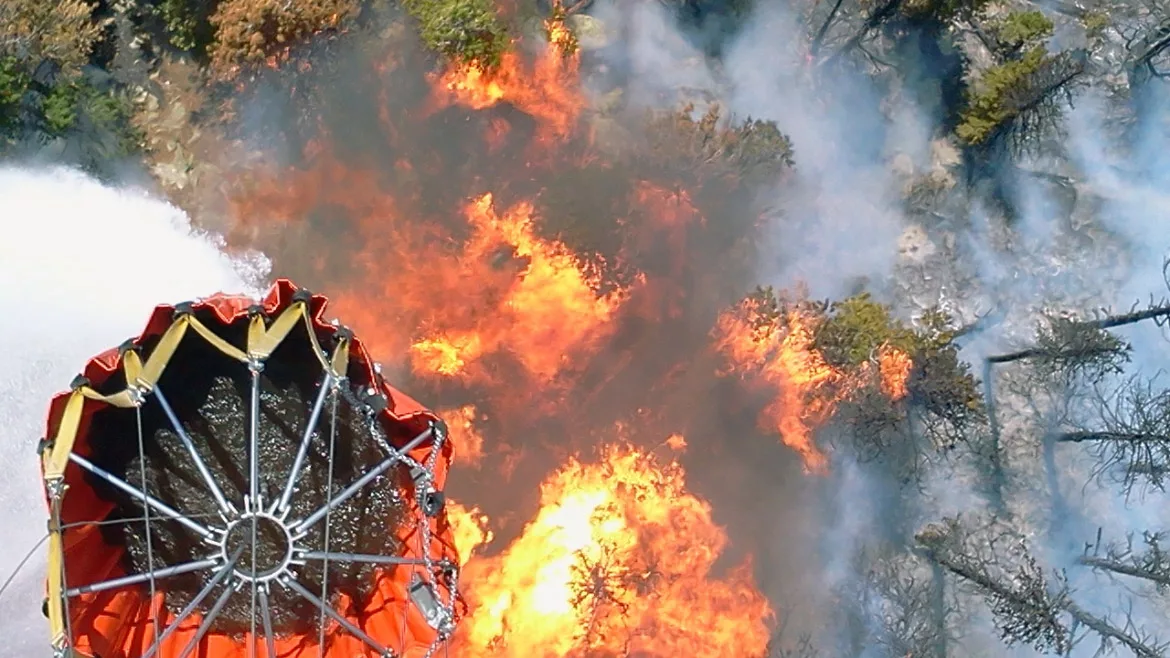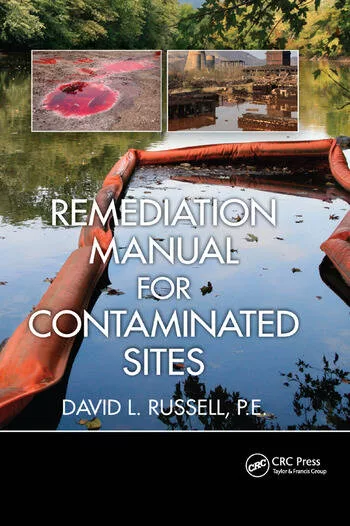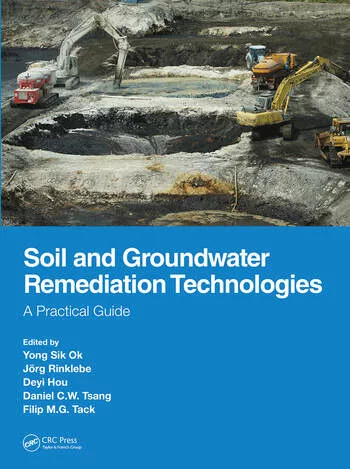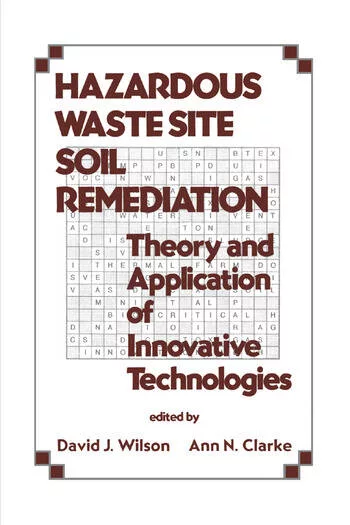How to Rebuild Soil Contaminated by Toxic, Burned Building Materials
Why restoring contaminated soil is crucial before reconstruction begins

The costliest blaze in U.S. history has left southern California with toxin-laden soils from burned building materials. (Courtesy of the National Guard)
After January 2025's devastating fires in Pacific Palisades, soil experts explain why rebuilding healthy soil – not just homes – is essential for preventing mudslides and creating resilient landscapes that can better withstand future disasters.
In the aftermath of one of Los Angeles' most destructive firestorms, which claimed over 11,000 structures across Pacific Palisades and surrounding areas in January 2025, a less visible crisis lurks beneath the surface. While attention naturally focuses on rebuilding homes and infrastructure, soil scientists warn of a deeper environmental challenge that could take decades to resolve.
"When you burn a soil at these temperatures, you're essentially destroying its fundamental structure," explained Russell Taylor, a certified crop adviser, agronomist, and Vice President of Live Earth Products. "It's not just about what burns on the surface – we're talking about the destruction of the soil's basic ability to support life."
The problem goes far beyond aesthetics. As intense fires rage through urban areas, they create a toxic cocktail of contaminants unique to built environments. Heavy metals from decades-old lead paint, carcinogenic compounds from burned plastics, and various other pollutants from building materials become concentrated in the ash. This urban wildfire contamination presents different challenges from forest fire impacts, largely due to these building-related toxins. But the more insidious damage occurs to what scientists call soil organic matter (SOM) – the living foundation of healthy soil.
The Invisible Infrastructure
Soil organic matter serves as nature's infrastructure, creating microscopic spaces that allow water to penetrate and roots to grow. When intense heat destroys this structure, the soil literally collapses on itself, becoming hydrophobic – meaning it repels water instead of absorbing it. According to new research from Stanford University, these chemical changes in soil can have lasting effects on ecosystem recovery and human health.
"Think of soil organic matter like the caramel in a nut roll," Taylor explained, making complex soil science accessible. "It's what holds everything together. When that burns away, you lose the soil's ability to retain water, nutrients, and even create space for air and microorganisms."
A Tale of Two Carbons
The science of soil recovery revolves around two types of organic matter: active and passive. Active organic matter includes fresh materials like leaves and roots that microbes can readily break down. Passive organic matter, composed of stable compounds called humic and fulvic acids, can persist in soil for centuries, providing long-term stability.
The challenge in post-fire restoration is staggering: researchers estimate it takes about 200,000 pounds of active organic matter per acre to increase soil organic matter by just 1%. That single percentage point difference, however, can help soil retain an additional 30,000 gallons of water per acre – crucial for preventing erosion and supporting new plant growth.
The Controversy Over Solutions
While various approaches to soil remediation exist, not all are created equal. A team of university researchers has launched a planned 10-year project to examine pollution from Los Angeles' recent wildfires and study long-term recovery strategies.
Taylor cautioned against quick fixes like biochar, a popular soil amendment made from burned organic matter. "Biochar is a waste disposal solution, not an agronomic one," he argued, explaining that it can actually make soils more alkaline – a particular problem in Western states where soils are already naturally basic.
Instead, successful remediation requires a comprehensive approach: first stabilizing the soil to prevent erosion, then gradually rebuilding its organic matter content through carefully selected amendments and living plants. "The axiom for soil organic matter is: always keep something growing," Taylor emphasized. "You always want those plants capturing sunshine and turning it into root exudates for microbes to eat."
The Regional Context
The challenge of soil restoration varies dramatically by region. "In Illinois, you trip over a bag of corn seed and get 300 bushels of corn," Taylor noted, describing soils with organic matter content around 5% - what he calls "ice cream soil." These Midwestern soils typically have a pH between 6.0 and 7.0, benefiting from naturally acidic rainfall (pH around 5.5) that gradually lowers soil pH, requiring lime additions to maintain optimal growing conditions.
California presents the opposite challenge. With naturally alkaline soils typically ranging from pH 7.0 to 8.0, popular remediation solutions like biochar (which can raise pH to 9.5) may do more harm than good. Taylor drew a parallel to "giving ice to Eskimos" - it's a solution that doesn't match the problem. He pointed to biochar's success in places like the Terra Preta soils of Central America, where highly acidic soils (pH 4.5) benefit from the added alkalinity. But in post-fire California landscapes, different approaches are needed.
The Microbial Question
Recent university research has explored using specific fungi to bind and sequester heavy metals in contaminated soils. While promising, Taylor cautioned against viewing microbial additions as a silver bullet. "If you're putting these microbes out in an area where there is no organic matter, no water penetration, you're basically putting them into a desert to die," he explained.
The science behind this is straightforward but often overlooked: microorganisms get their energy from breaking carbon bonds. Without organic matter - what Taylor called "the pantry" - beneficial microbes can't survive, let alone thrive. Moreover, while microbes can help bind heavy metals into less bioavailable forms, they can't actually break down elements like cadmium or lead — these elements must instead be stabilized or removed.
This understanding has important implications for remediation strategy. Simply spreading wood chips on damaged soil, for instance, won't help if there's no microbial activity to break them down. Instead, Taylor advocated for a two-step process: first, using organic acids to penetrate and open up compacted soils, creating space for water, air, and roots; then adding materials like compost or manure along with stable organic acids to jump-start microbial activity.
The relationship between organic matter and contamination goes beyond heavy metals. Taylor pointed to research on pesticide degradation, where scientists measure a compound's "half-life" — the time needed for natural processes to break down half of the substance. "As your organic matter goes up, there's an exponential change in half-life and degradation," he explained. This means healthy soils with abundant organic matter can more quickly neutralize various pollutants through natural processes.
The Road Ahead
As thousands of Angelenos prepare to return to their properties, soil scientists stress the importance of addressing contamination and structural damage to soils before rebuilding begins. The challenge is monumental, but the stakes couldn't be higher. Healthy soil isn't just about growing plants – it's about preventing mudslides, filtering water, and creating resilient landscapes that can better withstand future disasters.
"If you build it, they will come," Taylor concluded, referring to the beneficial microorganisms that will eventually recolonize restored soils. "But first you have to create an environment where life can thrive again."
Industry professionals and environmental experts will gather to discuss the latest developments in environmental remediation at the upcoming RemTEC & Emerging Contaminants Summit, scheduled for October 14-16, 2025. Registration for the event, which draws environmental remediation engineers, restoration project managers, and other environmental professionals from across the country, opens soon at remediation-technology.com.




.webp?height=200&t=1664821385&width=200)


